The Florida Keys: A Unique Ecosystem
The Florida Keys are a chain of rocky, tropical islands south of the Florida Peninsula stretching west into the Gulf of Mexico. These islands are home to many endemic animal and plant species that live only in the Keys. Several of these species are threatened from habitat loss, climate change, and invasive species.
What are invasive species and why should you care?
Non-native species are animals and plants living outside of their native range as a result of human activity. The specific introduction of a species to an area occurs intentionally or unintentionally. A small proportion of non-native species will become established (breeding) and can become an invasive species, capable of causing harm to the ecosystem, economy, or human health and safety.
The establishment of invasive species can follow a trend known as the invasion curve (Figure 1). The longer invasive species are in an area, the greater their impact, the higher the chance for dispersal, and the more costly management becomes. Early detection of nonnative species is vital to saving the Keys native species.
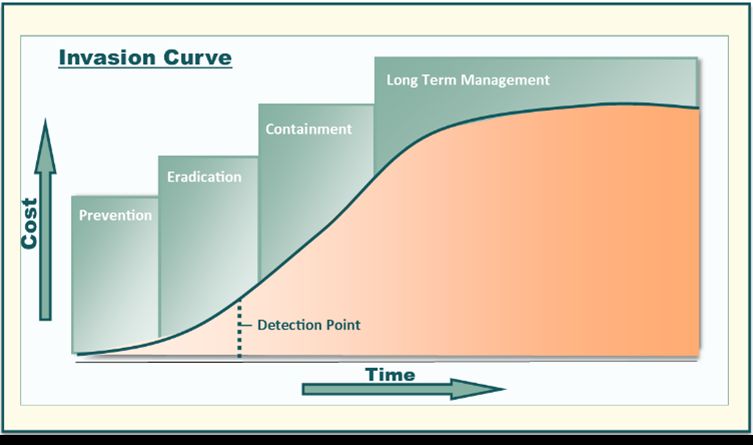
Credit: Adapted from Invasive Plants and Animals Policy Framework, State of Victoria, Department of Primary Industries, 2010
The Florida Keys are particularly susceptible to invasion because of their tropical climate, island geography, and disturbed habitats that help introduce and spread non-native species. Invasive species, like the Burmese python and the lionfish, have had negative impacts on the Keys ecosystem.
Who is impacted by invasive species?
- Small native mammals, like Key Largo woodrat (Figure 2) and Key Largo cotton mouse
- Nests of ground-nesting shore birds, endangered sea turtles, and federally threatened American crocodiles (Figure 3)
- Larvae of endangered insects, such as Schaus’ swallowtail butterfly and other native invertebrates
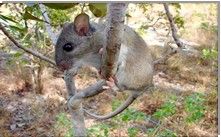
Credit: USFWS
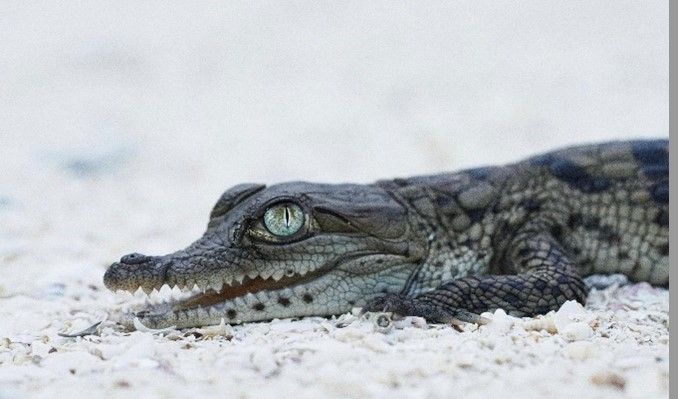
Credit: Rosemarie Moore
What is being done to combat invasive species?
Federal, state, and local governments, conservation partners, and volunteers are working collaboratively to control the introduction and spread of invasive species in the Keys. The aim is to locate and remove invasive species and protect native species.
- Research and removal – Efforts include scout pythons (male snakes that are radio-tracked during the breeding season to detect and remove reproductive females), detector dogs (Figure 4), and invasive species removal programs. Information gathered from invasive species that are removed furthers our understanding of their biology and impacts.
- Monitoring – Monitoring the absence and presence of invasive and native populations determines the effectiveness of management techniques. These population trends aid in our understanding of habitat selection, species distribution, and areas of importance.
- Reporting – More trained eyes on the ground can identify and report invasive and non-native species and prevent future invasions and impacts.
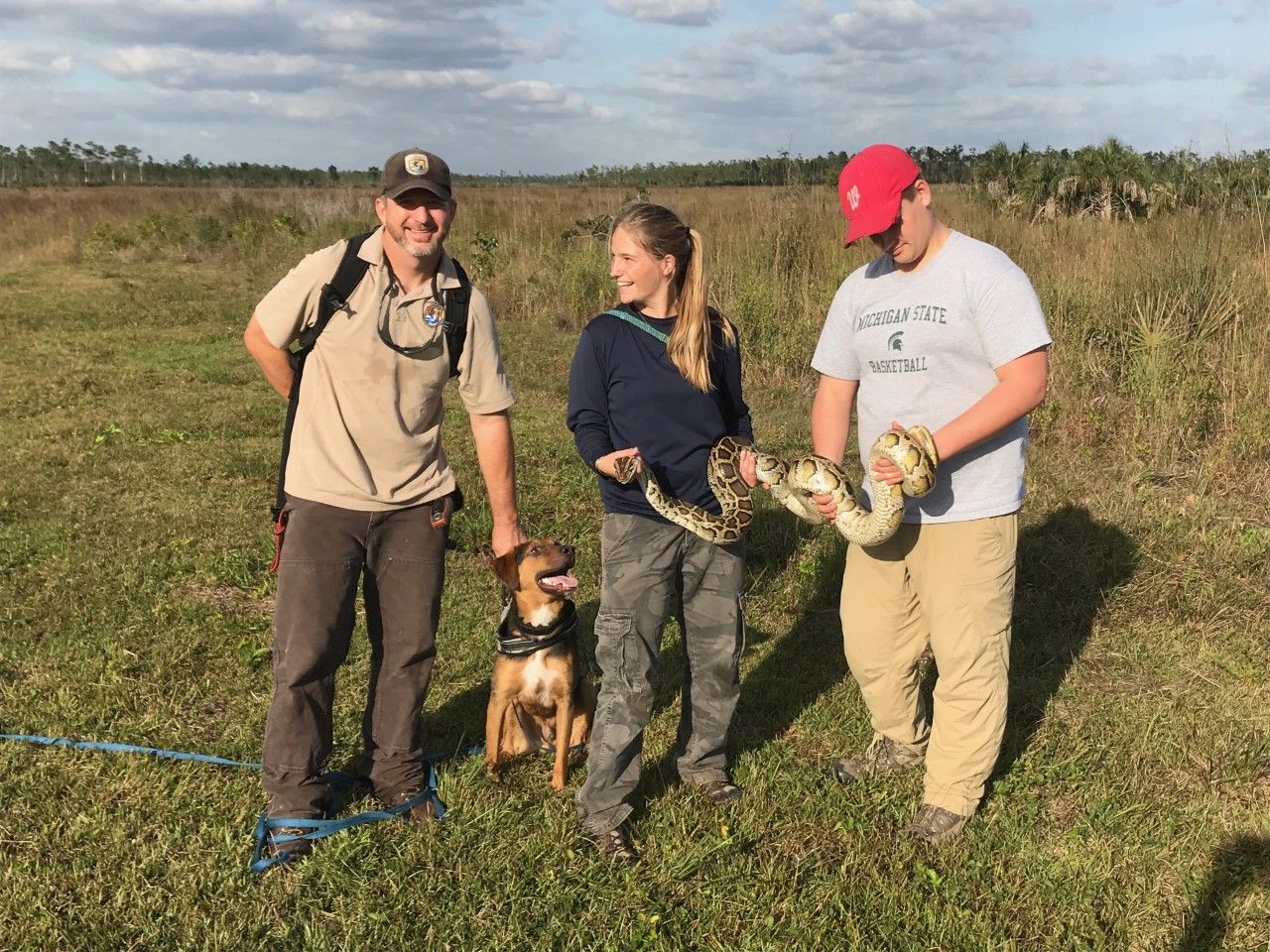
Credit: USFWS
What can you do to help?
Report observations of invasive wildlife to the Exotic Species Hotline (888-IVEGOT1, 483-4681), or use the IveGot1 smart phone app. Citizens are encouraged to find ways they can participate, including removing invasive species when it is safe to do so.
How to Report an Invasive Species Sighting
Immediately take a picture and note the location. Download the IveGot1 app from the app store, or call 1-888-IVEGOT1, 483-4681.
Native and Invasive Species of the Florida Keys
Keys Native Wildlife
- American crocodile — Threatened
- Lower Keys marsh rabbit — Endangered
- Key deer — Endangered
- Stock Island tree snail — Threatened
- Miami blue butterfly — Endangered
- Schaus’ swallowtail butterfly — Endangered
- Key Largo cotton mouse — Endangered
- Key Largo wood rat — Endangered
Keys Invasive Wildlife
9. Argentine back and white tegu — Not yet established
10. Burmese python — Established
11. Peter’s agama — Established
12. Spiny-tailed iguana — Established
13. Feral cat — Established
14. Ball python — Not yet established
15. New Guinea flatworm — Established
16. Lionfish — Established
Did you know?
Nearly all native species in the Florida Keys are susceptible to invasive predators.
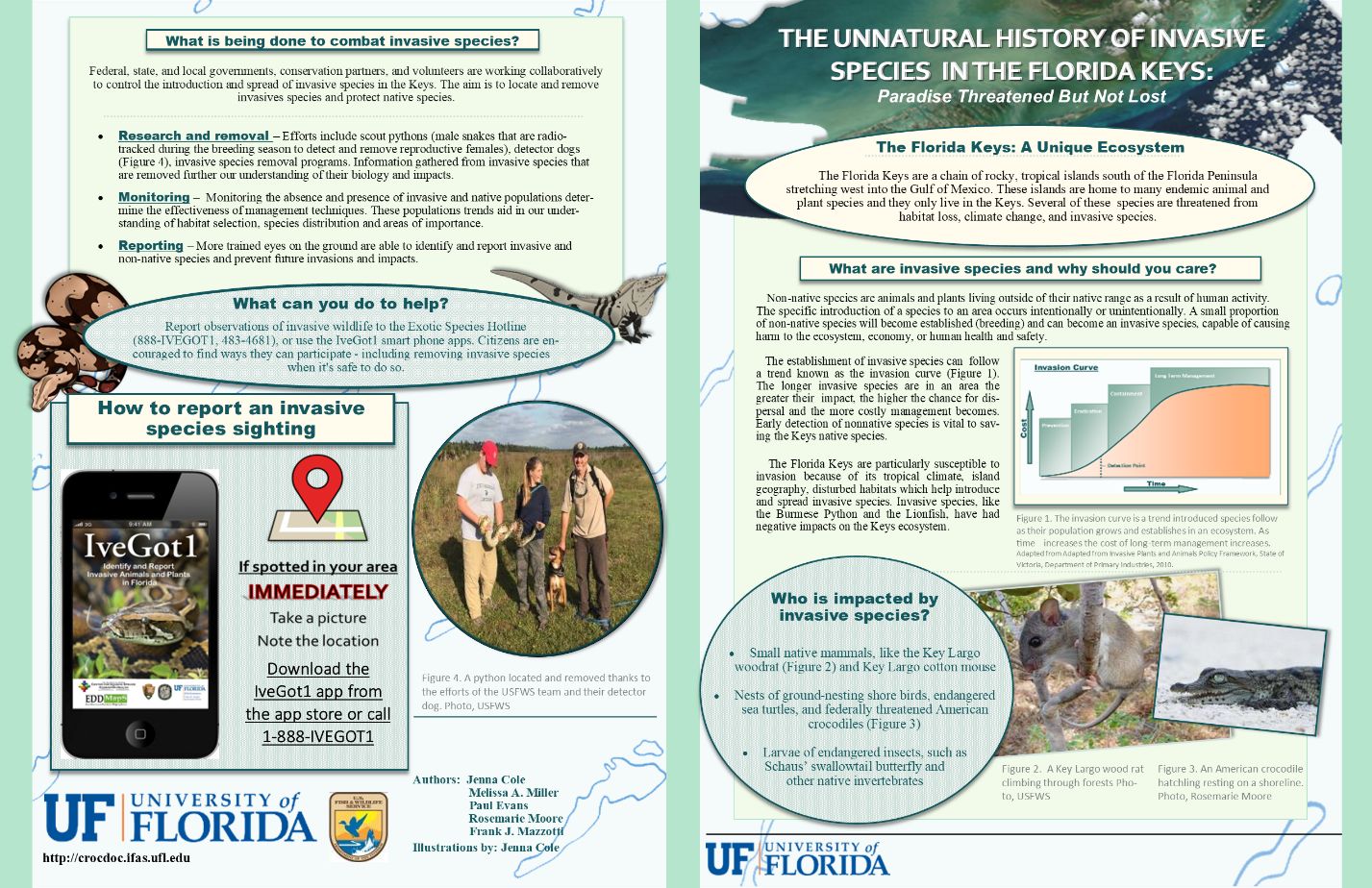
Credit: Jenna Cole, UF/IFAS
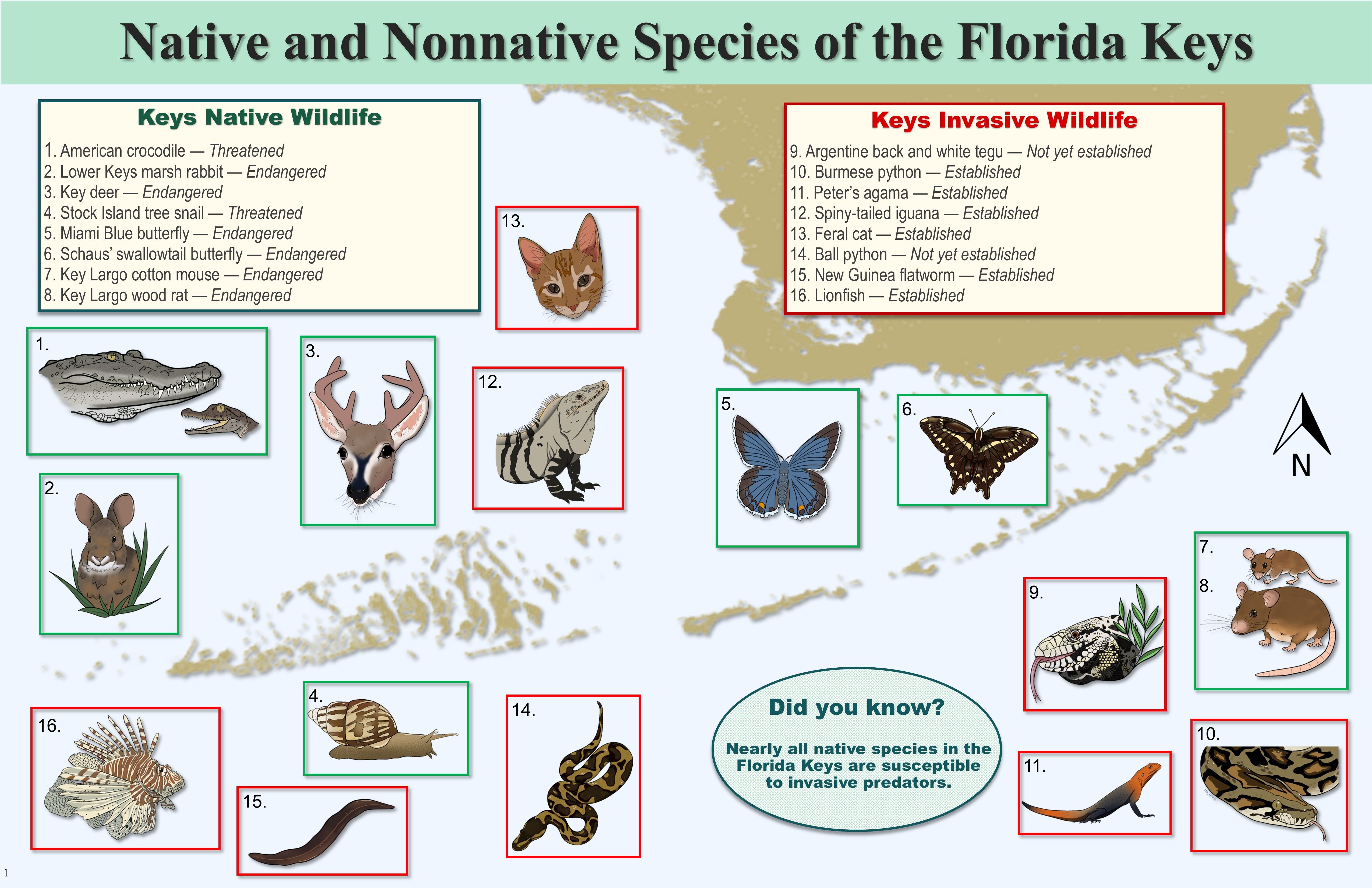
Credit: Jenna Cole, UF/IFAS